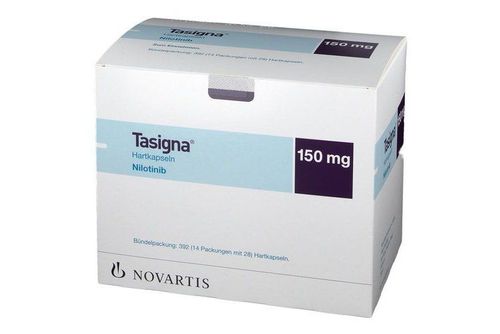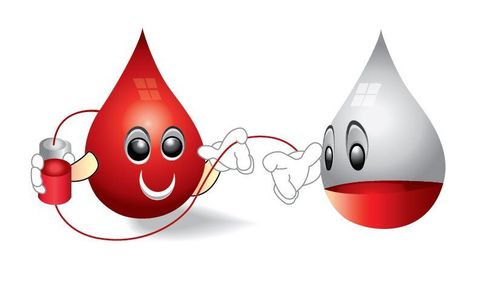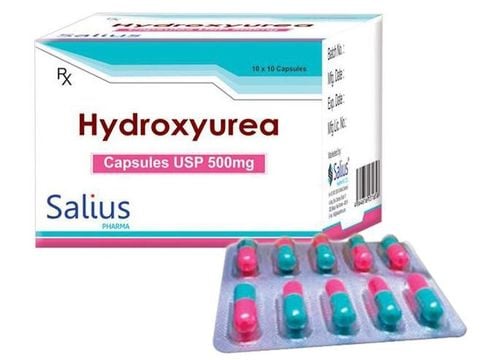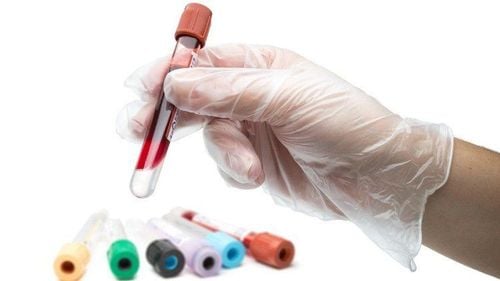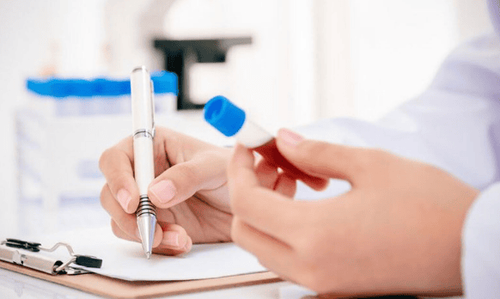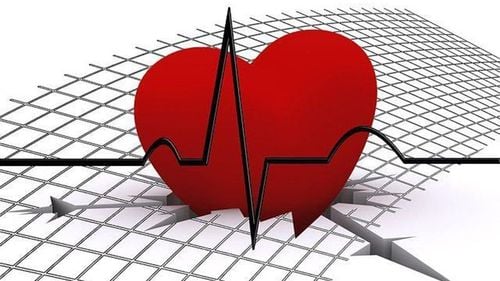This is an automatically translated article.
Blood is a liquid tissue and circulates in the circulatory system of the whole body. Blood has an important role in participating in mechanisms to protect the body such as regulating the activities of groups of cells and organs, ensuring the synchronization in the activities of the organs. Blood contains two components: blood cells and plasma.
1. Composition of blood
Blood is made up of two parts: cells and plasma. Blood cells include red blood cells, white blood cells, and platelets. And plasma is related to other factors such as blood clotting, hormones, proteins, mineral salts.Red blood cells Red blood cells make up the most number, about 96% contain hemoglobin without nucleus and organelles. Red blood cells contain hemoglobin, which gives blood its red color.
Red blood cells are round, biconcave disc-shaped cells, with a very small size that cannot be seen by the naked eye.
The task of red blood cells: Transport oxygen (O2) from the lungs to the tissues and receive carbon dioxide (CO2) from the tissues back to the lungs for disposal.
The average life cycle of red blood cells is 120 days from maturity. As red blood cells age, they are destroyed in the spleen and liver.
Red marrow participates in hematopoiesis, producing new red blood cells to replace and maintain the lost red blood cells in the body.
Indicators of red blood cells include: red blood cell count, red blood cell mass (Hct), hemoglobin (Hb), mean erythrocyte volume, mean red blood cell hemoglobin, concentration mean hemoglobin. The above indicators to determine normal or abnormal red blood cells.
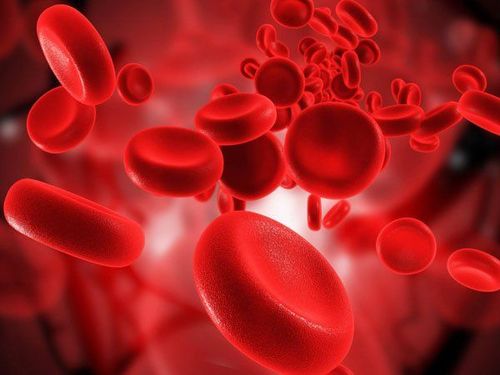
Hồng cầu là thành phần chiếm số lượng lớn trong tế bào máu
Sufficient amount of red blood cells skin and mucous membranes will have a healthy pink color. If there is a lack of red blood cells, the skin and mucous membranes are pale, the person is sluggish and tired.
White blood cells White blood cells are born in the bone marrow, make up about 3%, are an important part of the immune system
White blood cells are mainly found in the blood, but still have a large amount residing in the body's tissues have a protective duty by detecting and destroying disease-causing factors.
When the body encounters an infection or a parasitic infection, the number of white blood cells will increase to help the body strengthen its resistance against pathogens. When the infection is gone, the white blood cells will return to normal. It can be seen that white blood cells are responsible for wound healing by preventing wound infection from foreign bacteria, consuming dead cells, thin tissue and old red blood cells.
White blood cells help protect the body from foreign bacteria such as allergy-causing bacteria, and protect the body from mutated cells such as cancer-causing cells.
Platelets Platelets are very small pieces of cells, much smaller than red blood cells or white blood cells. Birds make up about 1%.
Platelets have the function of stopping bleeding by platelets aggregating together to form platelet plugs, creating blood clots leading to bleeding stop.
Helps blood vessel walls soft and supple because platelets can also "rejuvenate" endothelial cells.
The life stage of platelets from adulthood is 7-10 days. The bone marrow is also the site of the production of platelets.
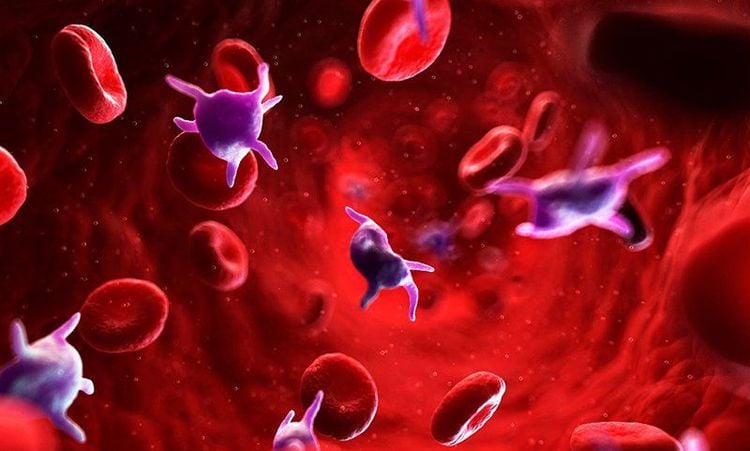
Tiểu cầu được sản sinh ra từ tủy xương
2. Manifestations when blood cells have problems
The patient feels tired but has no known reason. Feeling uncomfortable, anxious, insecure. Appears minor fever, unknown cause accompanied by an infection on the body. Shortness of breath, muscle weakness. Unexplained bruising on the body. Wounds on the body take a long time to heal. When seeing the above abnormal signs in the body, the patient should take the initiative to go to a medical facility for medical examination and treatment to have a blood test. It is recommended to have a periodical general health examination to detect early risks of abnormal blood components for timely intervention.
Why should general examination at Vinmec?
General health check at Vinmec is completely different from normal health check, each health check package is scientifically and practically designed to approach the examination purpose of each examination package. Early detection of diseases, combined with treatment interventions for patients in the most comprehensive way. Helps in early screening of dangerous diseases, cancer. A team of specialists, experienced in diagnosis, consultation and comprehensive treatment combination. The system of advanced equipment meets standards, helping to evaluate and make accurate diagnoses
Please dial HOTLINE for more information or register for an appointment HERE. Download MyVinmec app to make appointments faster and to manage your bookings easily.




